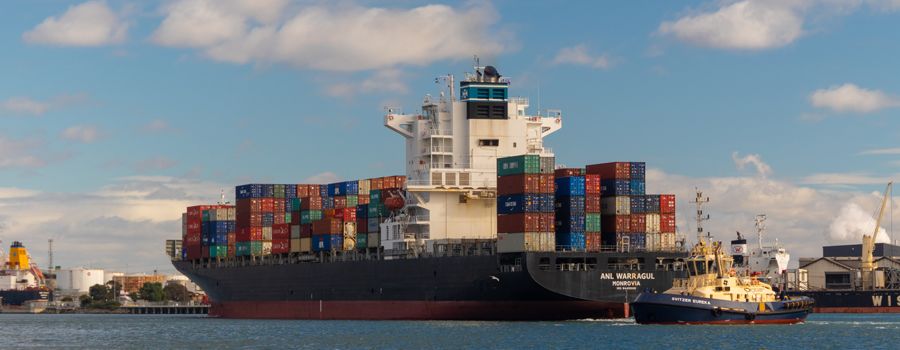What are the effects of drought?
From pollinators to profits, food to fires, here's what Cambridge experts say about the impacts of water scarcity – and what it signals about our changing climate.
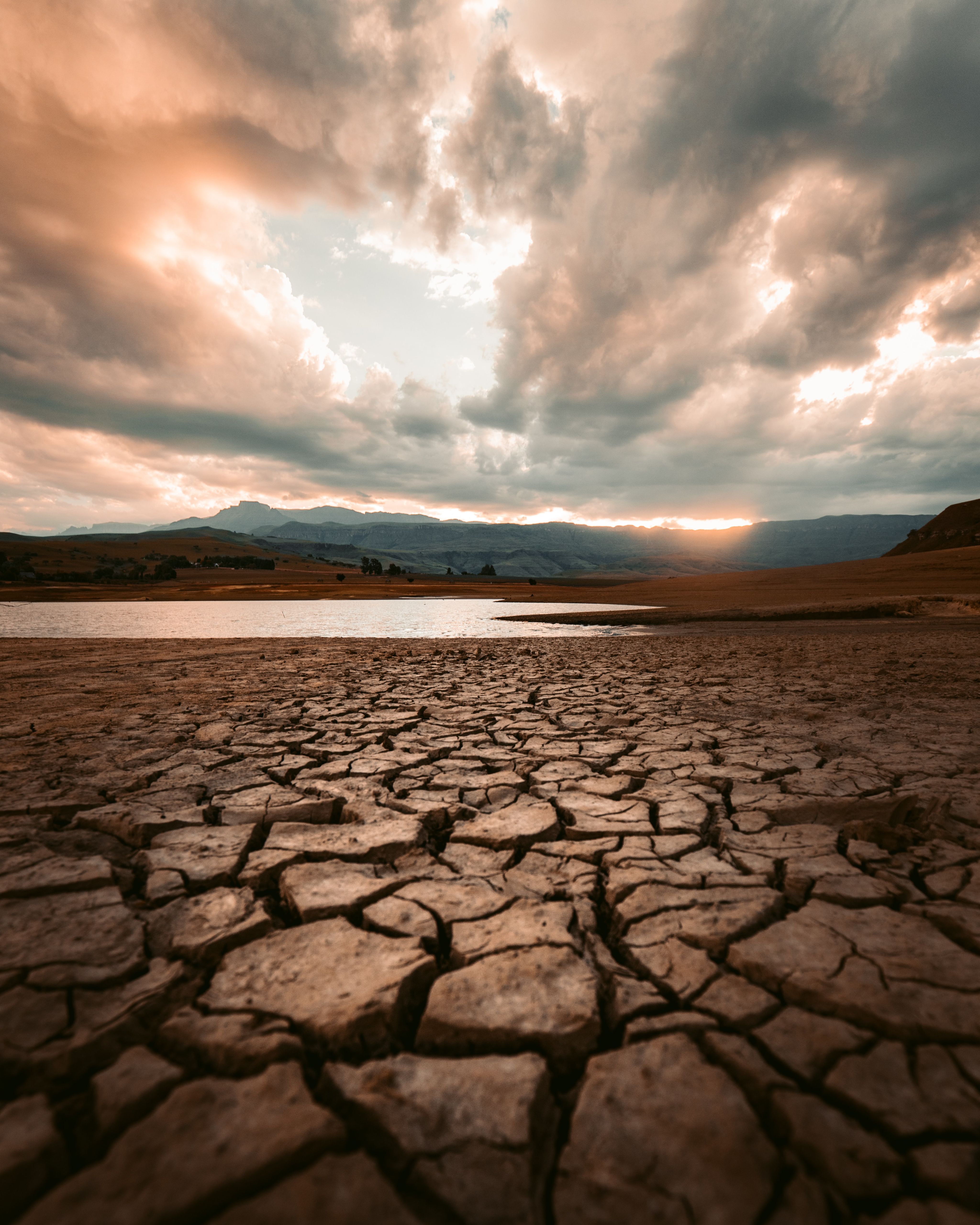
After successive heatwaves and the driest summer in 50 years, the Environment Agency confirmed on 12 August that eight of 14 areas across England are now in drought conditions.
Essential water supplies are safe, but water companies have stepped up actions to manage the impacts of the drought. Substantial rain is needed to avoid water restrictions being tightened further.
What does the drought mean for the UK and elsewhere? Is this the future? Where do we go from here? Six Cambridge experts give their views.
“Have you noticed there aren’t many insects around this year?”
Dr Lynn Dicks, Department of Zoology
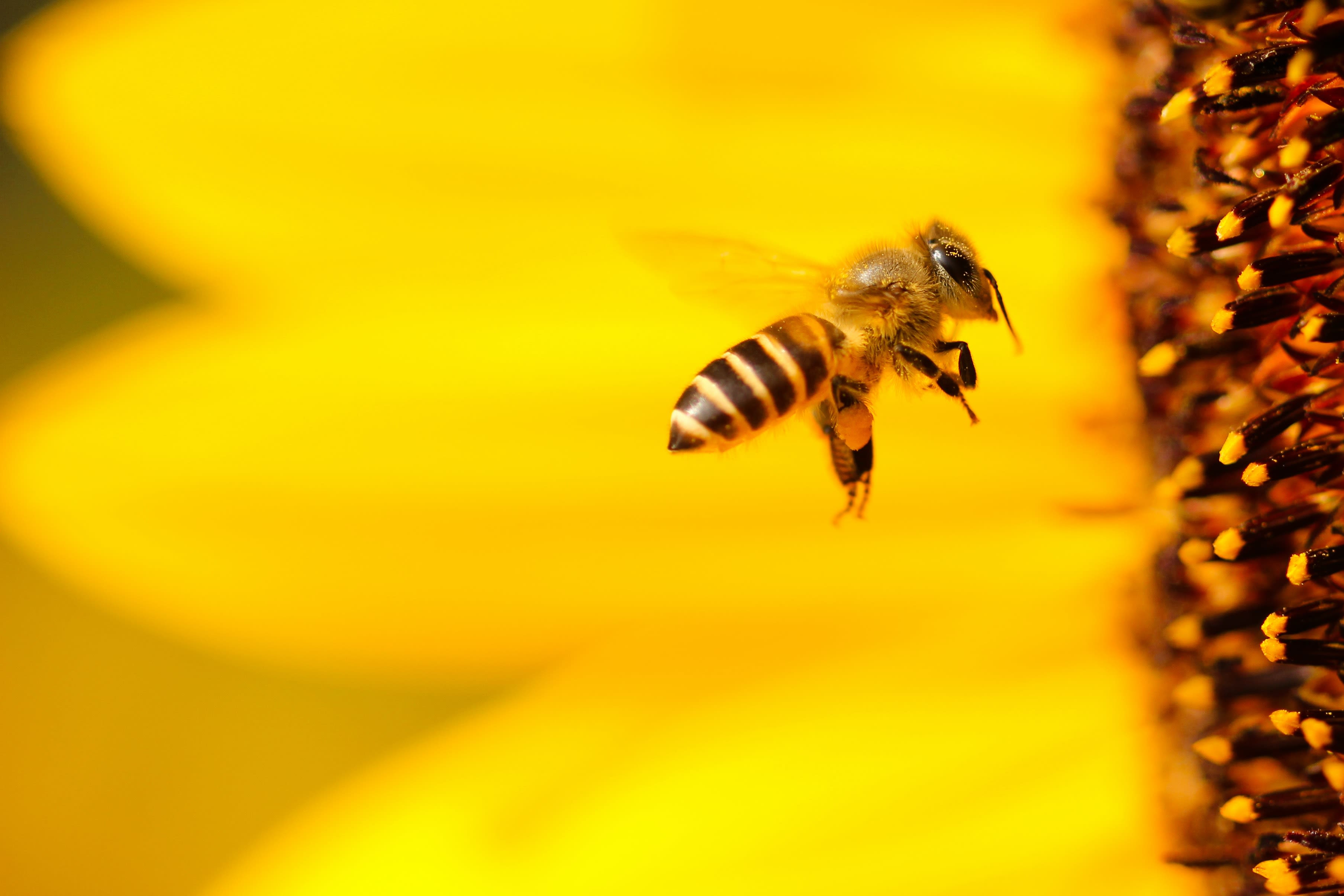
Zoologist Dr Lynn Dicks is worried that our insect fauna will be unable to change fast enough to avoid serious declines in some species in the coming decades.
“Have you noticed there aren’t many insects around this year? Where are the moths flying to light at night? On the other hand, it could be an excellent year for some species. Long-tailed blue butterflies from the Mediterranean have been arriving in decent numbers in the south – a wonderful sight for British butterfly enthusiasts.
Insects are extremely sensitive to weather conditions. So would you be, if you were only a centimetre long or less. Drought and extreme heatwaves are likely to be dangerous for some insects.
Bees can easily overheat, especially bumblebees, which are large, black and relatively cold-adapted. Many bee species have critical temperature thresholds not far above 44°C – hotter than this and they collapse if they can’t escape the heat. We’re not there yet, in the UK, but parts of France reached 45° in 2019.
Water is a crucial resource for insects. Honey bees and wasps use it to actively cool down their colonies during hot spells.
Thousands of species of insect rely on nectar in flowers as their main source of energy, so if drought affects the amount of available nectar, this could have serious impacts.
Our recent work has shown that it can. Dr Coline Jaworski, of Cambridge's Agroecology group, used an artificial drought experiment in southern France to look closely at responses of three plant species – thyme, rosemary and rock rose. One of the species, thyme, had a dramatic (75%) reduction in the amount of nectar sugar under drought conditions. The other two did not, perhaps because they have deeper roots.
At the moment, research on the impacts of heat waves and drought on insects is way behind the pace of global climate change. We know almost nothing about how nectar resources might change across the main important forage plant species in the UK, for example.
If hot dry summers like 2022 are going to become a regular feature, our insect fauna will need to rapidly change, with cold adapted species moving north and a new, more Mediterranean community moving in. This is already happening, but it seems unlikely to happen fast enough to avoid serious declines in some species in the coming decades.”

Dr Lynn Dicks (credit: Philippe Besnard/POLLINIS)
Dr Lynn Dicks (credit: Philippe Besnard/POLLINIS)
“The forecast for this heatwave is showing exceptional fire severity across large parts of England”
Dr Alison Ming, Department of Applied Mathematics and Theoretical Physics
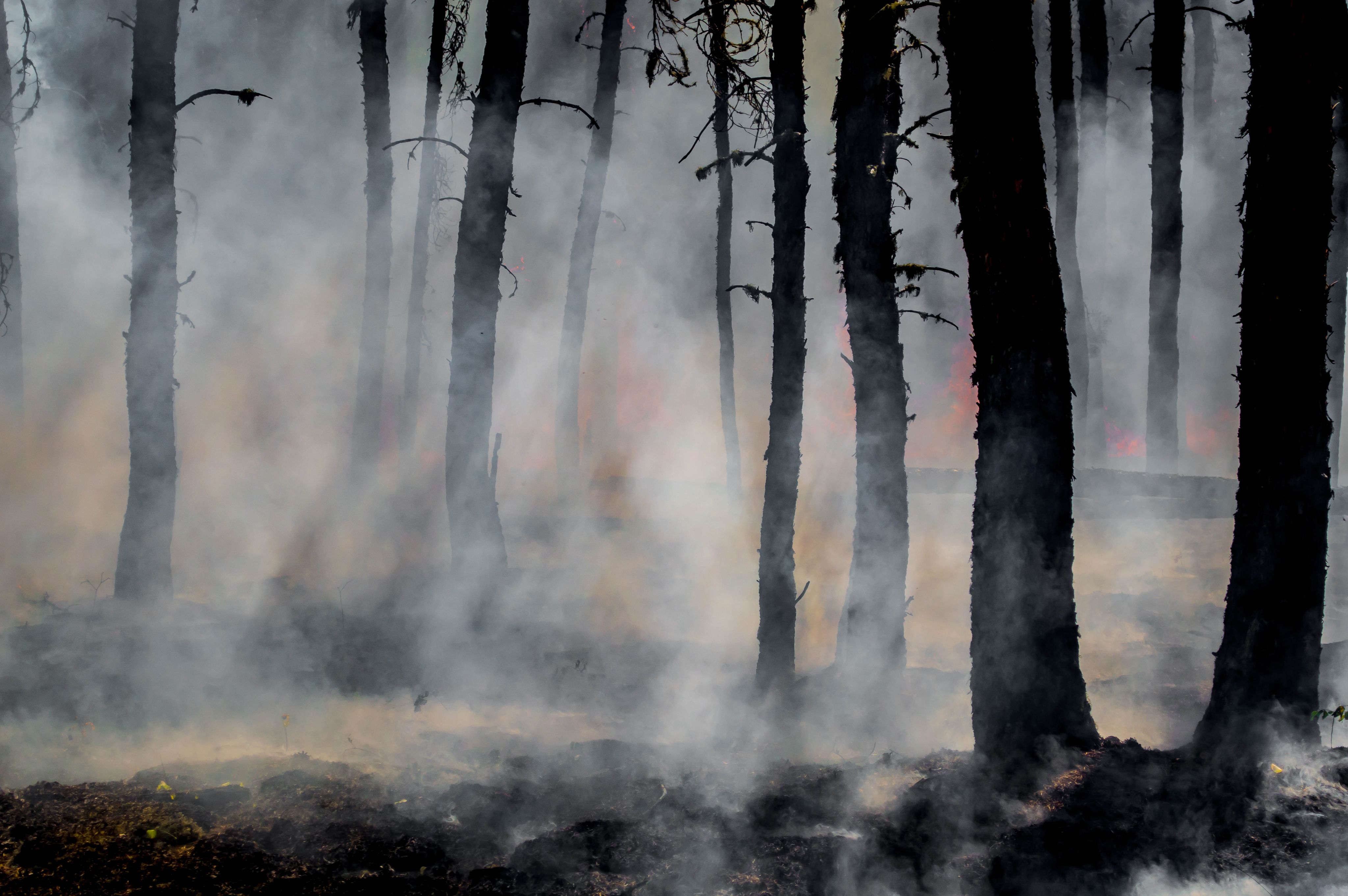
Expert on atmospheric dynamics Dr Alison Ming says the way to stop extreme weather events becoming more frequent is to cut carbon dioxide emissions and reach Net Zero.
“Climate change is happening here and now. Human influence has warmed the globe at a rate that is unprecedented over the last 2000 years. This warming has a range of impacts on all parts of the climate system. The latest Intergovernmental Panel on Climate Change Sixth Assessment Report tells us that heatwaves have become more frequent and more intense across most land regions since the 1950s. Some recent hot extremes would have been virtually impossible without anthropogenic emissions of carbon dioxide.
The warming has also increased the chance of compound extreme events happening. We have been seeing more concurrent heatwaves and droughts all over the globe. In the UK, we recently broke yet another temperature record this year and we are now seeing widespread drought conditions. In fact, all of the UK’s ten warmest years on record have occurred since 2002 and a drought has just officially been declared in the UK.
Wildfires are also becoming more common. The Met Office fire severity index, which runs on a scale of 1 to 5, assesses how severe a fire could become if started. The forecast for this heatwave is showing exceptional fire severity (index of 5) across large parts of England.”
Weather and climate models allow us to better understand the climate threat in the different regions of the globe but the only way to stop these extreme events becoming more frequent is to cut carbon dioxide emissions and reach Net Zero.

Dr Alison Ming (credit: Nick Saffell)
Dr Alison Ming (credit: Nick Saffell)
“A changing landscape at the Botanic Garden is inevitable”
Professor Beverley Glover, Director of Cambridge University Botanic Garden

Professor Beverley Glover, Director of Cambridge University Botanic Garden, describes how the horticulturists are giving their vitally important plants the best chances of surviving – now and in the future.
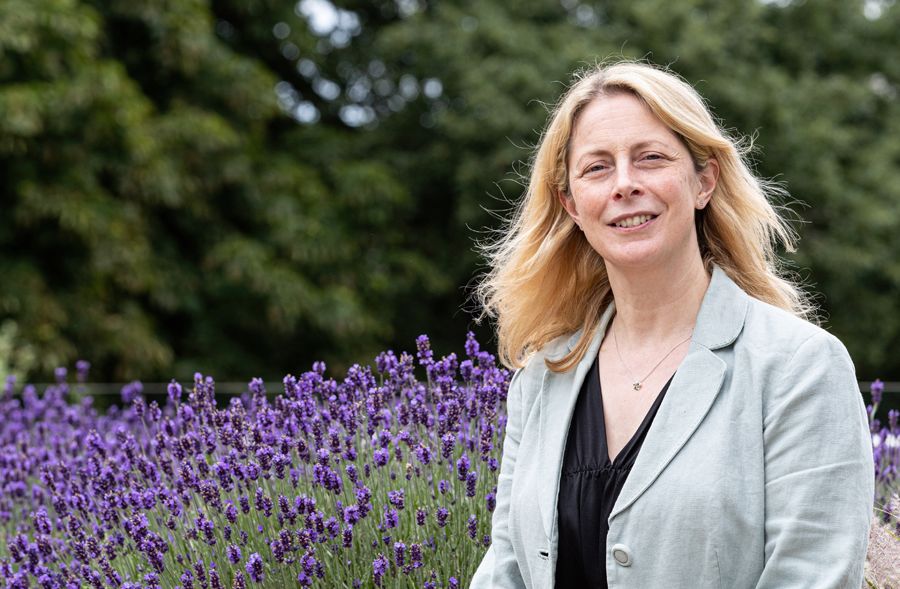
Professor Beverley Glover
Professor Beverley Glover
“Protecting our 40-acre living plant collection is vital during the excessive temperatures we’re currently experiencing. Our collection contains 8,000 species from around the world, ranging from high altitude alpines to tropical plants, so it is a constant challenge to ensure that we can grow and maintain them in our Garden and Glasshouses.
Due to our local conditions of low rainfall, well-drained soils and mild winters, some plants in our collection – such as lavender, cistus and phlomis, for example – are thriving in the hot weather, along with plants growing in our Dry Garden.
However, at the other end of the scale, species preferring wetter conditions are struggling and it’s important we prioritise these when it comes to our watering policy. These will take preference over, for example, our lawns and more natural habitats, which we are allowing to brown off, as they will bounce back with cooler, wetter weather later in the year.
Practically, we are aiming to water overnight as much as possible, to minimise the amount of water lost through evaporation. Although we normally try to adopt best watering practices, we have recently resorted to watering during the day, using water from our borehole, to ensure that we can give our collection the best possible chance of surviving. We try to ensure that plants and plantings have a good dowsing, rather than applying little and often, which is far less effective.
Strategically, the hot weather trends mean we are looking closely at our species selection criteria. Due to the nature of a living collection, a changing landscape at the Botanic Garden is inevitable. Our goal is to steward all the plants in our collection and ensure plants of high conservation and research value are practically prioritised.
The Garden’s plant collection supports leading scientific research towards meeting many of the world’s greatest challenges such as food security and climate change.
Looking ahead, we aim to make informed decisions on plant acquisitions, which will involve understanding how our climate is projected to change, observing how plants in our current collection are responding to extreme weather events, and building resilience into our collection by acquiring plants that are best suited to our climate now and in the future. This will also mean collaboration with and input from other botanic gardens, the scientific community, the local community, and our horticulture and curation staff.
Through accurate record keeping and adaptive horticultural approaches, our aim is to effectively curate change that safeguards the world’s plant diversity and drives the pursuit of excellence in all areas of research and teaching which aims to meet the current global challenges.”

Heatwaves and climate change
Professor Emily Shuckburgh, Director of Cambridge Zero, and Professor Beverley Glover give their views on the UK's recent record-breaking temperatures. Read article.
“Climate extremes are major challenges facing food security in the UK, in addition to rising costs of energy and fertilisers”
Professor Howard Griffiths, Department of Plant Sciences
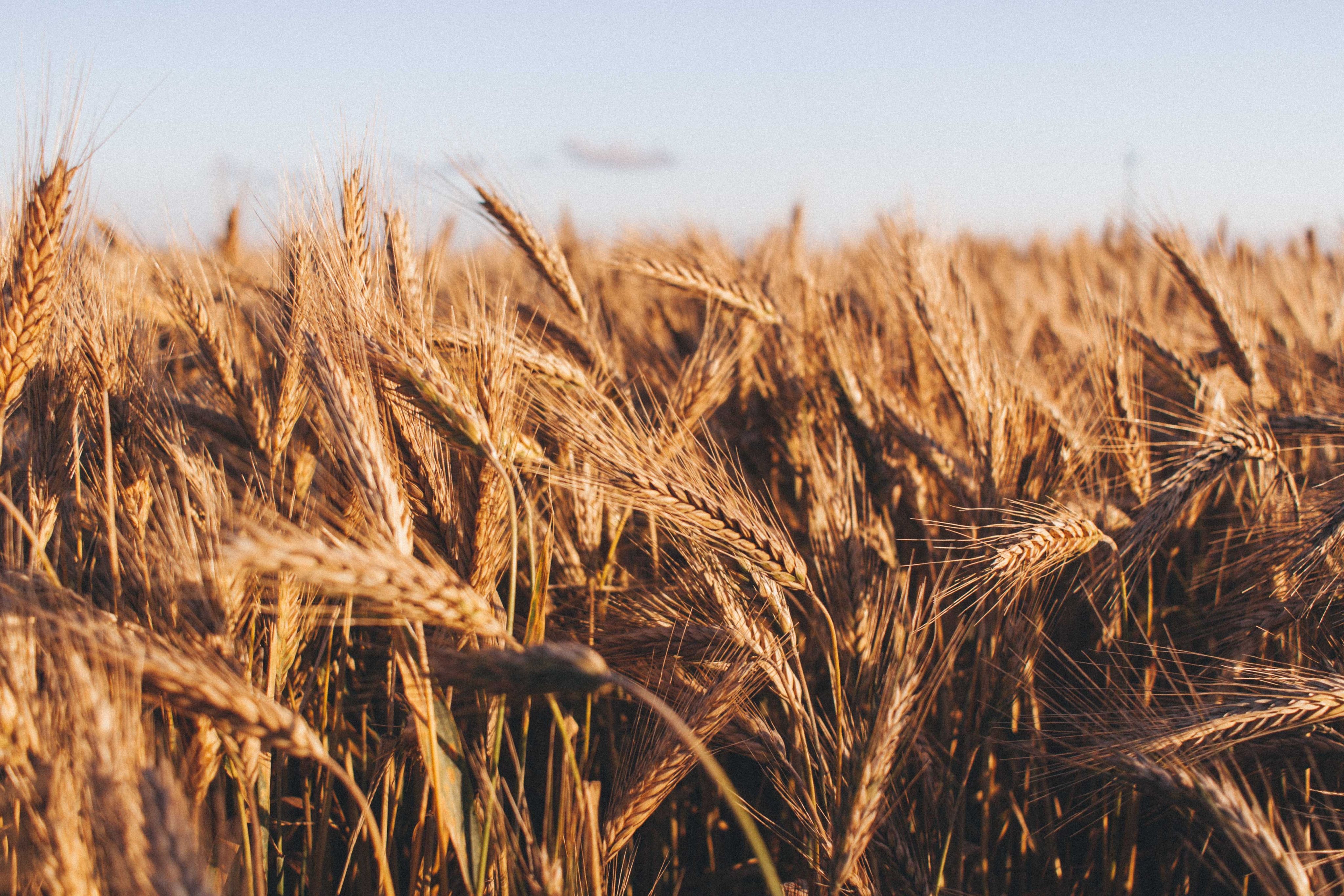
Professor Howard Griffiths, co-chair of Cambridge's Global Food Security Interdisciplinary Research Centre, tells us how drought has brought an added burden to the challenges already facing farmers in the UK.
“The country is divided: satellite images reveal the current drought as a browning of the UK, with only the more westerly extremities remaining green. Yet trees in hedgerows, parks and gardens seem mostly green, and so there are both immediate and long term implications for such serious water deficits on carbon sequestration, crop production and water supplies.
Mature trees routinely require 200–400 litres of water every day to maintain water status, and so shallow rooted species such as beech and some shrubs may be in danger of reaching the wilting point each day. As in 1976, the impact of the drought on tree mortality may occur later, over the next year or so. In the summer drought of 2003, most of continental Europe’s forests turned from carbon sinks to carbon sources, thereby negating our reliance on forests for global carbon sequestration.
The early season drought will have affected many of our crops. Those that can overwinter will have reached maturity earlier and have now been harvested, albeit at potentially reduced yields.
Other horticultural crops are requiring extensive irrigation, at a cost to both diminishing water supplies during licensed abstraction from rivers, and in competition with those water companies also reliant on surface waters for sustaining our daily water use.
Overall, the climate extremes associated with climate change have led in recent years to two successive autumns in which it was too wet to sow many of our overwintering crops, whilst more extensive summer droughts further constrain the growing seasons. Climate extremes are major challenges facing food security in the UK, in addition to rising costs of energy and fertilisers.”
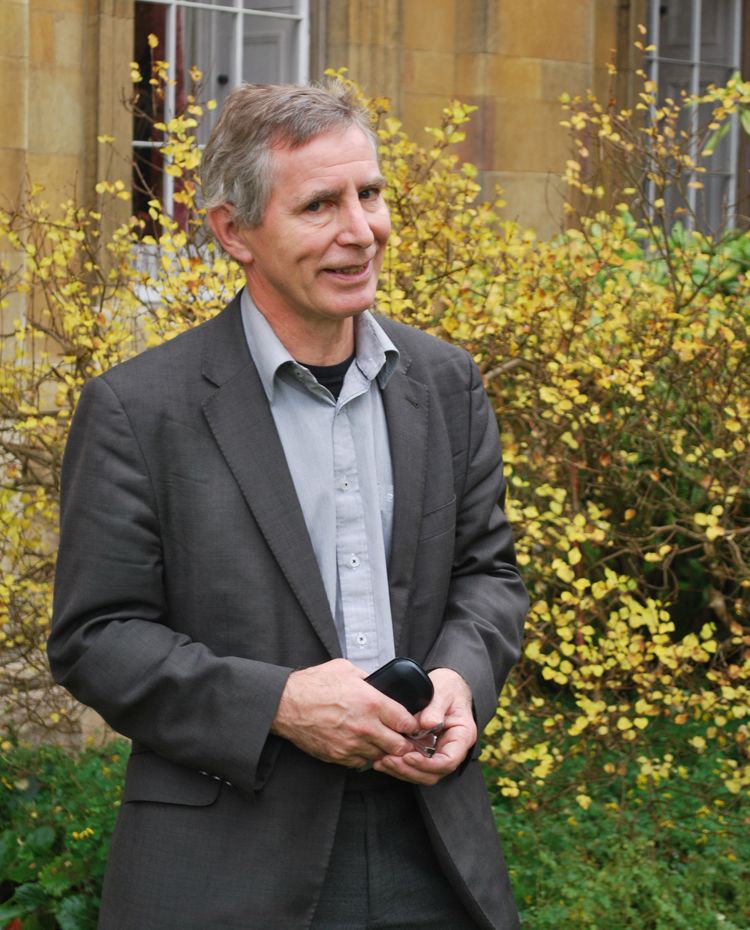
Professor Howard Griffiths (credit: Clare College)
Professor Howard Griffiths (credit: Clare College)
“Freight can’t navigate, meaning critical supplies such as coal and oil can’t be shipped, further exacerbating the energy crisis”
Dr Matthew Agarwala,
Bennett Institute for Public Policy
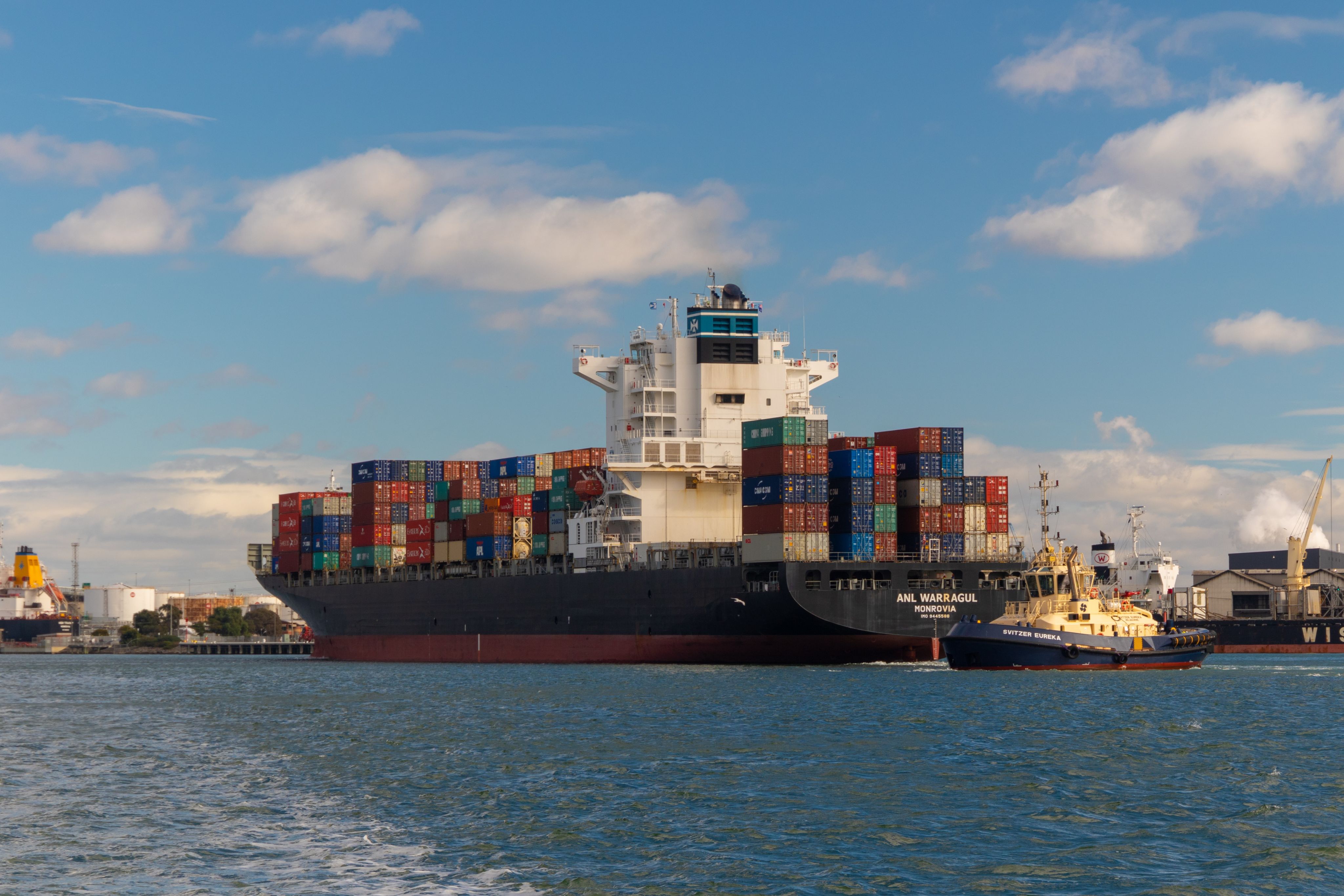
Dr Matthew Agarwala, an environmental economist at the Bennett Institute for Public Policy, explains that trade will be among the impacts of the drought, resulting in longer term effects on the economy.

Dr Matthew Agarwala
Dr Matthew Agarwala
“There are short-term local effects on consumer behaviour and sectoral impacts on the production side. Eventually, these aggregate up to economy-wide pressures.
In the short run, there can be competing economic effects. ‘Great weather’ makes people feel good, they celebrate, go shopping, late evenings in the pub, and of course, garden parties and BBQs. All of these tend to increase spending a bit and therefore GDP. However, when the mercury really spikes, people retreat to their bunkers. Curtains drawn, locked inside, too hot to shop, and labour productivity takes a hit. Who among us hasn’t felt drowsy and lethargic in these sweltering heatwaves?
Then there are the sectoral impacts: clearly agriculture takes a major hit. Crops wither and die, and the outdoor workforce in particular becomes less productive. Transport suffers: we’ve seen trains cancelled because the tracks buckle, and even airports have reported disruption due to melting runways. The more general effects build up from these.
If transport suffers, so too do all the industries that depend on it, including those that lose out because employees can’t commute.
There’s additional pressure on the NHS as extreme heat exacerbates existing conditions and creates its own: heat exhaustion and heat stroke. Labour productivity across the board suffers – especially for outdoor work, but the data shows impacts even for indoor workers.
Finally, there are international effects. Low water levels in Norway threaten electricity exports (that we depend on) as the government prioritises domestic consumers. The water levels in the Rhine are so low that freight can’t navigate, meaning critical supplies such as coal and oil can’t be shipped, further exacerbating the energy crisis.
If droughts hit simultaneously around the key crop growing regions (which is currently the case) it becomes harder and more expensive to import food to replace dead crops from the UK.
Normally, some of this could be alleviated through trade, but the fact that droughts and heatwaves are hitting simultaneously across our key trading partners means there’s little reprieve.
In the medium to long term, there’s much we could do to adapt: changing work patterns, infrastructure, and building design. But these take time and tremendous capital investment alongside pervasive social and behavioural change.
But it’s not just heatwaves and droughts. Climate change brings intense swings in weather. The 2010-2012 drought in England and Wales was immediately followed by record breaking rainfall (wettest April for 230 years) and significant flooding, costing up to £600 million. Whilst one in four days in 2012 were officially in drought, with 20 million people facing hosepipe bans, one in five days in 2012 saw flood conditions, with over 7,000 homes and properties affected.
We can adapt to a hotter, drier climate. We can adapt to a wetter climate. It is hard to adapt to both.”
“Fighting climate change will help economic growth”
Dr Kamiar Mohaddes
Cambridge Judge Business School
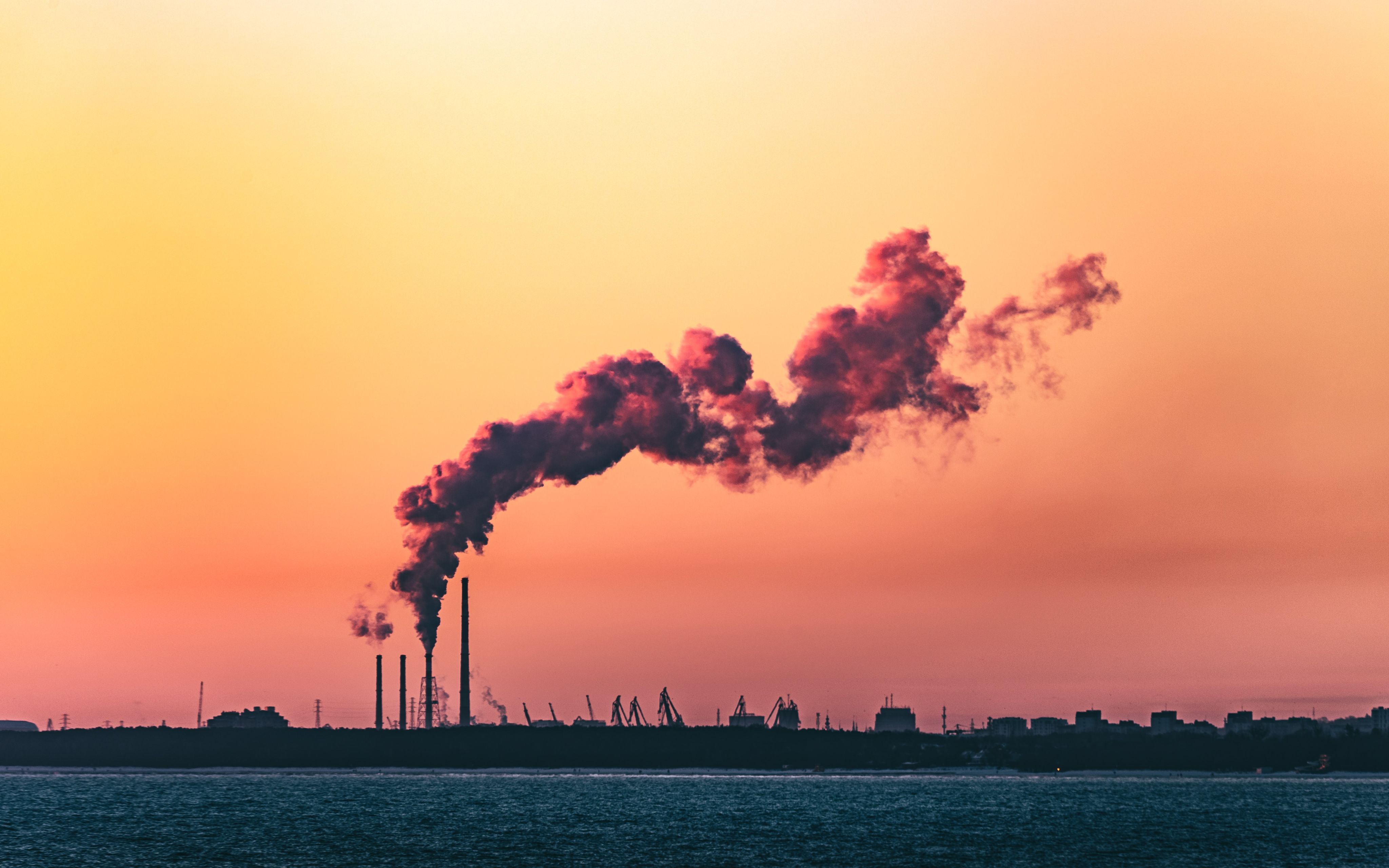
Dr Kamiar Mohaddes, from the Cambridge Judge Business School, says that virtually all countries will suffer economically if the current trajectory of carbon emissions is maintained.

Dr Kamiar Mohaddes
Dr Kamiar Mohaddes
“The UK recently had its hottest day on record. Train tracks buckled, airport runways and roads melted, and thousands were stranded because it was out of the norm. Such events take an economic toll, and will only become more frequent and severe without policies to address the threats of climate change.
Without mitigation and adaptation policies, many countries are likely to experience sustained temperature increases relative to historical norms and suffer major income losses as a result. This holds for both rich and poor countries as well as hot and cold regions.
We are often told that climate change will only have negative economic effects in “poor” and developing countries, but that advanced economies such as the UK and the United States will not be affected by climate change (mainly because our economies have adapted to climate change and are resilient).
The idea that rich, temperate nations are economically immune to climate change, or could even double and triple their wealth as a result, is implausible.
The economics of climate change stretch far beyond the impact on growing crops. Heavy rainfall prevents mountain access for mining and affects commodity prices. Cold snaps raise heating bills and high street spending drops. Heatwaves and droughts cause transport networks to shut down, interrupt supply chains, delay construction projects, and lead to costly production volatility with adverse effects on labour productivity. All these things add up.
The scientific consensus suggests that adapting to climate change takes an average of 30 years, as everything from infrastructure to cultural practice slowly adjusts.
At that speed, 7% of global GDP will disappear by 2100, but even if this adjustment speeds up to just 20 years, 4.5% of global GDP will be lost by 2100 as a result of business-as-usual carbon emissions.
Note that these are conservative estimates. For instance, if you allow temperature shocks to increase over time (in line with the temperature increases), the income losses for the world economy would almost double and be more than 13% by year 2100 and under RCP 8.5.
Economies will adapt to changing climates, but our modelling work shows adaptation alone will not be enough. Further measures are needed and the evidence suggests that adaptation efforts should be complemented with mitigation policies to minimise the adverse effects of climate change.
For instance, green innovation can deliver economic growth that is equal to – or greater than – the impact of non-green innovation. ‘Greenovating’ can bring huge opportunities in terms of economic growth and productivity, and ultimately for businesses.
But prospects for achieving Paris targets and a Net Zero world hinge on governments: actively encouraging green innovation, facilitating regulations, and increasing investments. This will drive real economic growth, create opportunities for businesses and reduce carbon emissions for generations to come.”
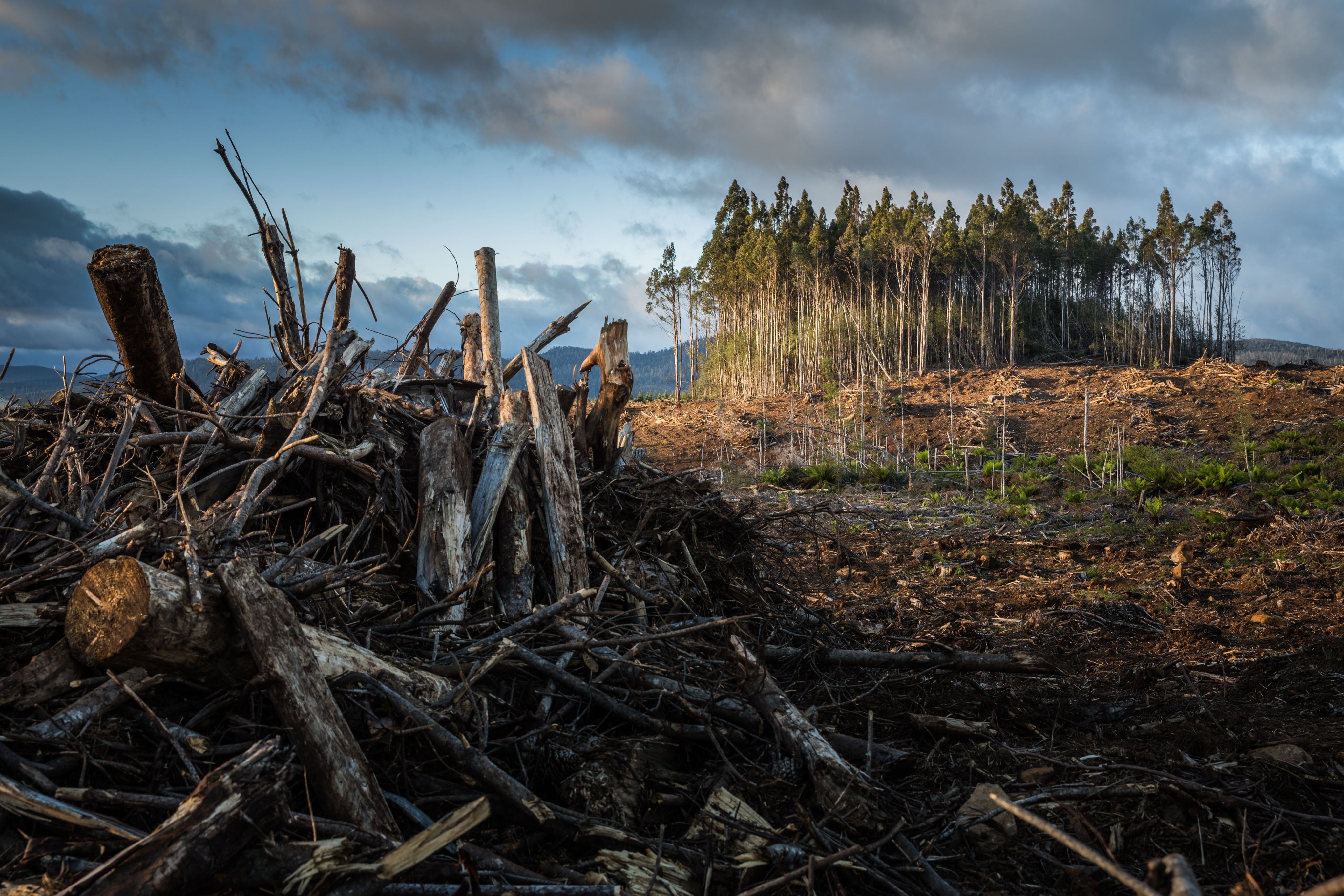
Nature loss and credit down grades
The world's first biodiversity-adjusted sovereign credit ratings shows how ecological destruction affects public finances – driving downgrades, debt crises and soaring borrowing costs. Read article.
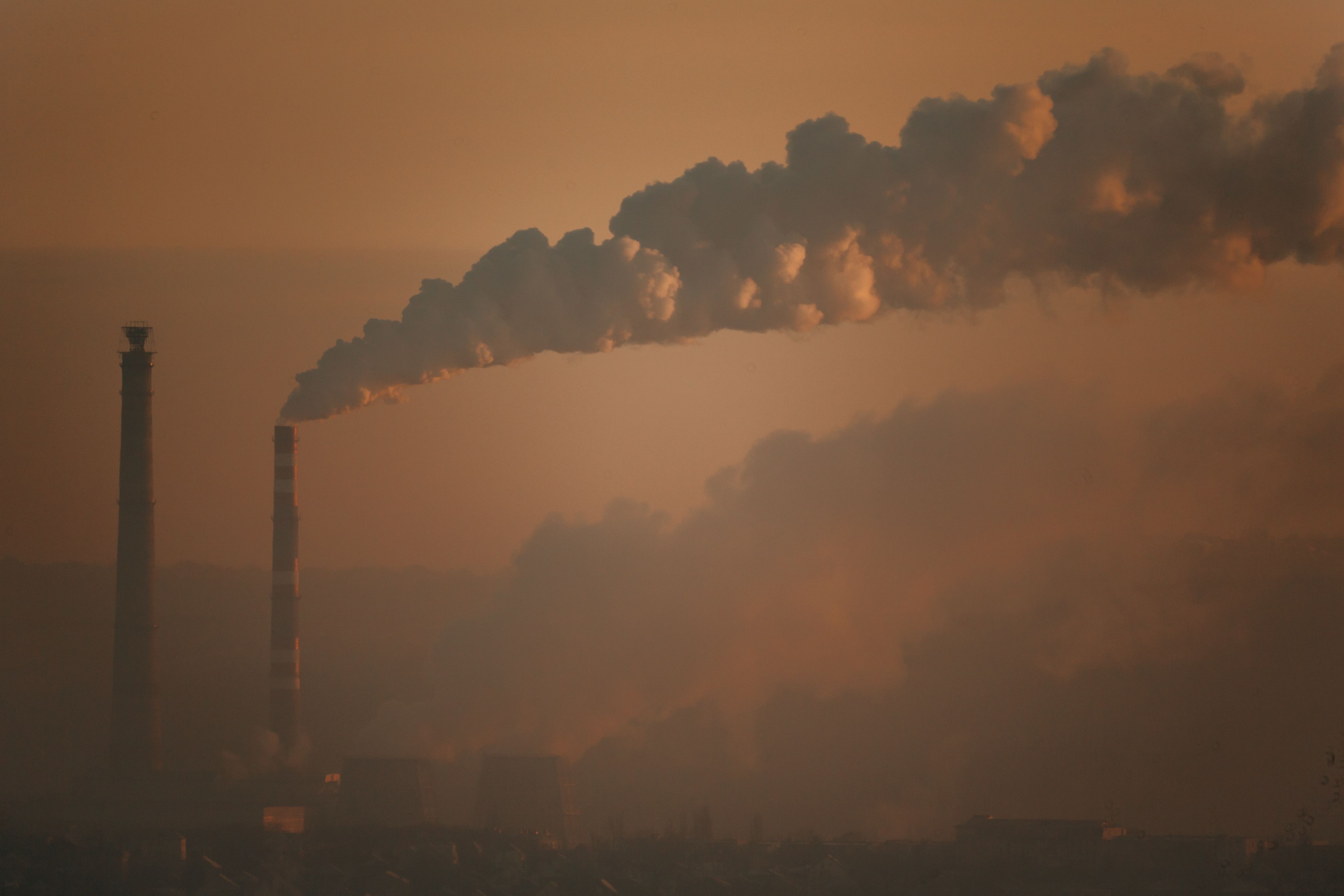
Climate smart sovereign credit ratings
The first sovereign credit ratings to directly include climate science show many national economies can expect downgrades within a decade unless action is taken to reduce emissions. Read article.

Rapid transition to a net zero world
The opportunity to make real and lasting change has never been greater. Climate scientist Dr Emily Shuckburgh and others are in no doubt. We all need to act, and act now. Read article.
Cambridge Zero
Cambridge Zero is helping to create a resilient, zero-carbon future through research, innovation, education, policy debate and leadership. Join us in accelerating climate action. Watch the film.




